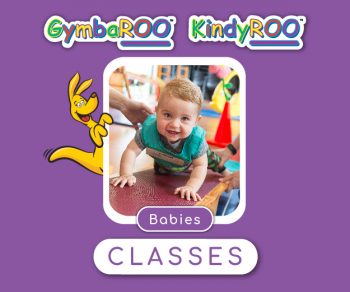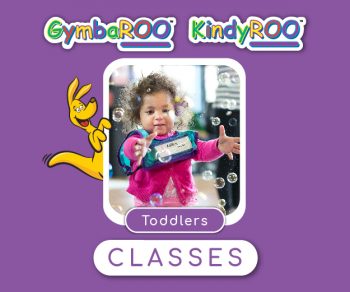Dr Tessa Grigg and Dr Jane Williams
Every day we plan many actions, from brushing our teeth to playing a game of tennis or football. We take it all for granted and do not give the motor planning involved in each task a second thought. However, when someone loses their motor planning function through an accident or illness, they find out how challenging it is to regain the skills they once had. This article describes the function of motor planning and how it can be developed in the early stages of a child’s life. When children are born, they do not have the ability to plan actions, they rely on reflexes to make their movements. Motor planning develops through movement opportunities that involve the senses.
What is Motor planning?
Motor planning is the sensory process that enables an unfamiliar task to become familiar as well as learning how to do that task automatically (Dobie & Dalzeill, 2011). It relates to the preparation of a movement from the time of the presentation of a stimulus (‘I want to put toothpaste on the toothbrush.”) and the time it takes to initiate the movements that get the toothpaste on the brush. Once that task is achieved there is another set of motor planning required to get the toothbrush in the mouth and brushing of the teeth to occur. You know there is a complicated set of movements involved if you have ever watched a child learning how to brush their teeth – it is quite tricky initially. The development of motor planning goes on for a child all the time they are awake – there is constant gathering of information so that planning of movements can become more accurate and thus require less input from the brain.
Language and speech also require motor planning. The areas of the brain that focus on language and speech must have good connections with the rest of an efficiently functioning brain, especially with the motor and sensory parts (Demonet, Thierry, & Cardebat, 2005; Leisman, Moustafa, & Shafir, 2016). Yes, even learning to talk and talking requires very complex motor planning. To make sounds to form a word, specific muscle movements of the throat, mouth, tongue and lips are needed for articulation.
How can we help Motor planning develop?
The keys to motor planning are using the body to gather accurate information through touch, muscles, joints and movements. Both motor planning and motor skills require a perception of how the body is designed and functions as a mechanical unit. Sensory-motor input must be organized into a clear picture of the body. The brain refers to the internal sensory picture to move the body accurately (Harris et al., 2015). If children do not have good maps of their bodies, they cannot direct unfamiliar movements and they take a long time to learn them. The poorly organised nervous system will drive a lot of poorly planned movements. The brain that is unable to motor plan means it is hard to judge speed, weight rate, or determine the direction of any object or task.
On the basis of this information, providing children with an extensive range of movement opportunities is key to them developing a large bank of motor planning skills. At GymbaROO – KindyROO we provide a wide variety of sensory-motor activities designed to follow the sequential development of the brain. Activities include: plenty of whole body movement; vestibular stimulation in the form of dance, rolling, tumbling, swinging, upside-downs, animal walks etc.; massage for tactility across all ages; visual and auditory activities including tracking, hand-eye and foot-eye coordination skills, sequencing and pattern copying; proprioceptive stimulation in the form of hanging, climbing, concept skill development and body awareness activities; and for the older children, complex sensory integration activities that involve visualisation and motor planning. The message is to get your children moving and exploring, include as much time outdoors as possible and in a variety of settings.
References:
Demonet, J.-F., Thierry, G., & Cardebat, D. (2005). Renewal of the physiology of language: functional neuroimaging. Physiological Reviews, 85(1), 49 – 95.
Dobie, S. M., & Dalzeill, A. (2011). Bilateral integration: A gateway to achievement. Glasgow, Scotland: The Movement and Learning Centre.
Harris, L. R., Carnevale, M. J., D’Amour, S., Fraser, L. E., Harrar, V., Hoover, A. E. N., . . . Pritchett, L. M. (2015). How our body influences our perception of the world. Frontiers in Psychology. doi:https://doi.org/10.3389/fpsyg.2015.00819
Leisman, G., Moustafa, A. A., & Shafir, T. (2016). Thinking, walking & talking: Integrative motor and cognitive brain function. Frontiers in Public Health, 4(94). doi:10.3389/fpubh.2016.00094
You may also like to read:








